This All-Black Female American Airlines Crew Took Flight in Honor of an Aviation Icon — Here's Her Story
- Oops!Something went wrong.Please try again later.
The life and legacy of Bessie Coleman.
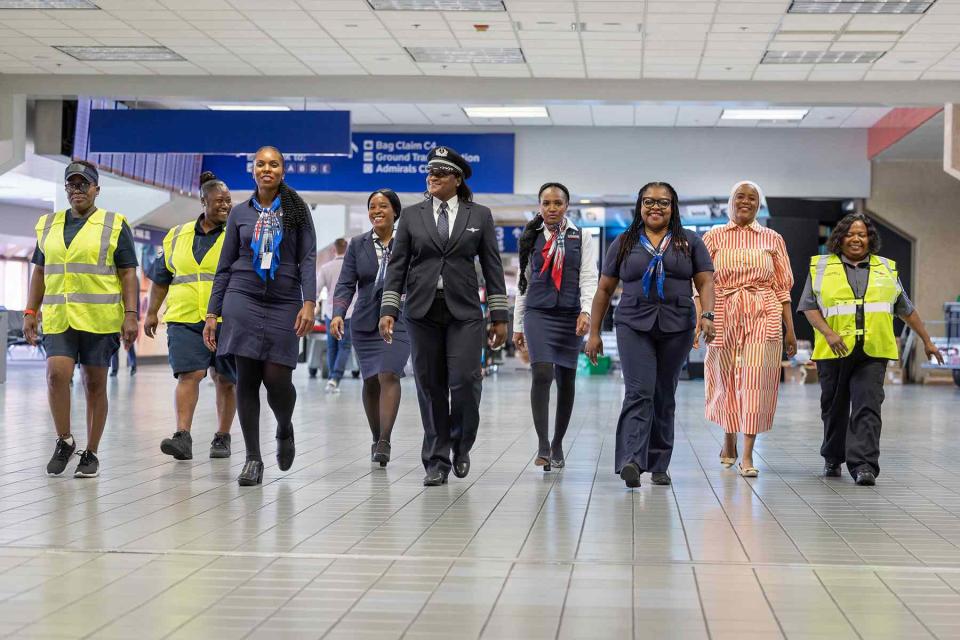
In August, an American Airlines plane flew from Dallas–Fort Worth to Phoenix, but it was no ordinary flight. The 36 staff members on duty — from the crew, to the cargo team, to the gate agents — were all Black women honoring an icon in aviation.
Flight AA 372 celebrated Bessie Coleman, the first Black woman to receive a pilot's license. Born in Texas in 1892, Coleman was an apt math student who studied at the Colored Agricultural and Normal University in Langston, Okla. before her funds ran out. Coleman then moved to Chicago at age 23 to work as a manicurist for several years. However, after learning of female French pilots from her brother, a World War I veteran, she decided she, too, wanted to fly, but both women and Black people were not allowed to attend flight school in the United States.
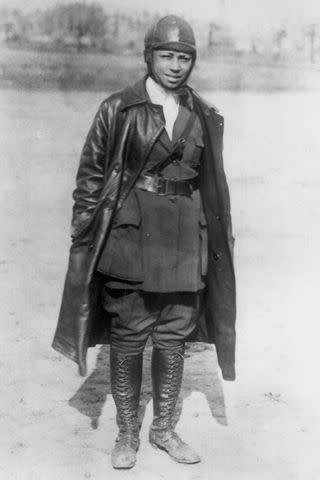
Michael Ochs Archives/Getty Images
Bessie Coleman, circa 1920Undeterred, Coleman learned French and moved to France, where she enrolled in the Caudron Brothers School of Aviation. She was granted her pilot's license on June 25, 1921, and returned to the United States, where she built a career as a barnstormer, or stunt pilot.
"She was very determined. There was no stopping her," Beth Powell, the captain of the historic American Airlines flight told Travel + Leisure.
Born and raised in a rural town in Jamaica, Powell, like Coleman, was a strong math student, recalling when a high school told her she had the potential to become a pilot, engineer, or mechanic.
"I think that's the best thing that ever happened in my entire life," she said. "I'm happy the teacher said pilot first because I forgot everything else!"
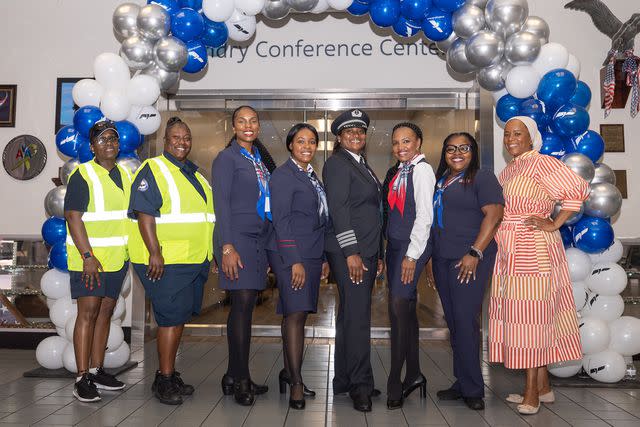
Courtesy of American Airlines
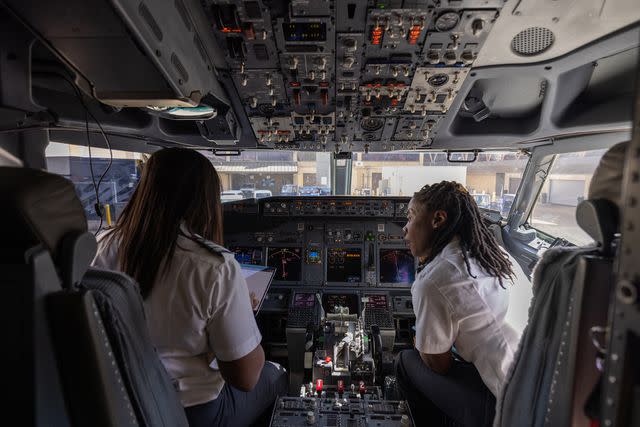
Courtesy of American Airlines
Powell then researched local flight schools, and attended Wings Jamaica. She eventually continued her aviation education at FlightSafety in Vero Beach, Fla.
But throughout her schooling, Coleman's story wasn't told.
"I would have loved to [have heard] her story from back then, because she was somebody who we all became," Powell said. "And it would have given us more inspiration, it would have given us more hope back then."
Cue the mission of the Bessie Coleman Aviation All-Stars, an organization run by Coleman's great-niece, Gigi Coleman (who was also on board AA 372). Besides sharing Coleman's story — and the stories of other aviation icons — the organization also offers STEM programming to introduce students to aeronautics and careers in aviation. For the 100th anniversary of Coleman's licensing, the organization put together a tour, the culmination of which was this flight.
"What this flight did is [it] changed America," Dr. Sheila L. Chamberlain, the national chair of the Bessie Coleman Aviation All-Stars, said. "Because all these little girls who look like me, they saw someone like them pushing the aircraft. They saw a female that looks like them putting the baggage in, they saw someone ticket-taking. All Black!"
Chamberlain herself is an aviation pioneer, becoming the first Black female combat intelligence aviator in the U.S. Army in 1985. She grew up surrounded by aviation as her father served as a combat engineer in the U.S. Army and her cousin was an original member of the Tuskegee Airmen. During her flight school training, she was mentored by another aviation icon, Willa Brown Chappell, the first Black woman to receive a pilot's license in the U.S.
While such women as Coleman, Chappell, Chamberlain, and Powell have paved the way for Black women — and all women of color — to pursue careers in aviation, the industry still has a long way to go in terms of diversity.
According to American Airlines, Black women represent less than 1% of commercial pilots in the U.S., which why visibility, as manifested in the Bessie Coleman celebration flight, is so important to inspire the next generation, Chamberlain emphasized.
"If they see it, they can believe it," she said.
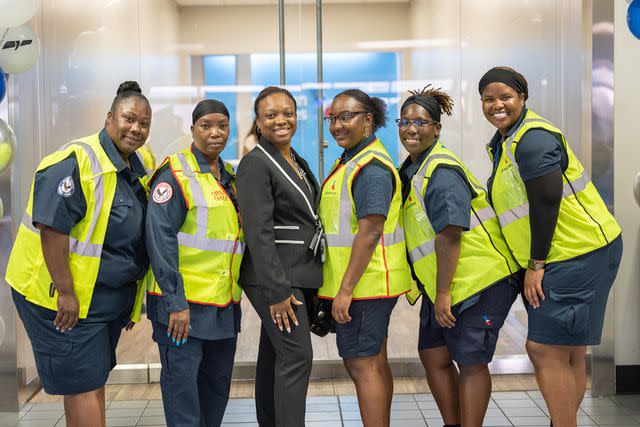
For those aspiring to work in an industry with limited representation, Chamberlain noted that building a network of role models can help navigate challenges.
"Seek people out who've already done it," she advised, pointing to organizations like Sisters of the Skies, the Organization of Black Aerospace Professionals (OBAP), and the OBAP's Luke Weathers Flight Academy as resources for young people interested in aviation and aerospace.
Additionally, Powell encourages young people to discover who they are and what they like, then lean into their passions to achieve their dreams.
"It's important to do whatever you're passionate about because the passion will propel you through those challenging times," Powell said. "Like Bessie Coleman believed, there is no 'no.' The limit is only what you place on yourself — and the sky's no longer the limit. It is home."

